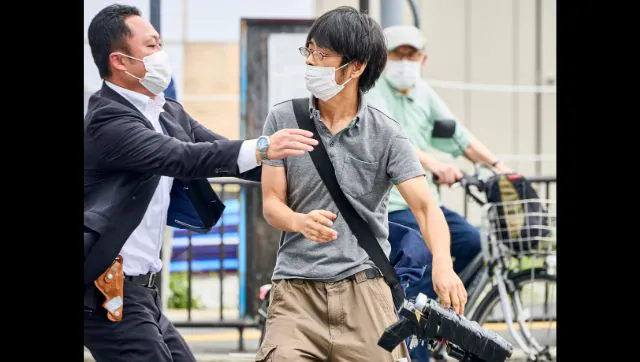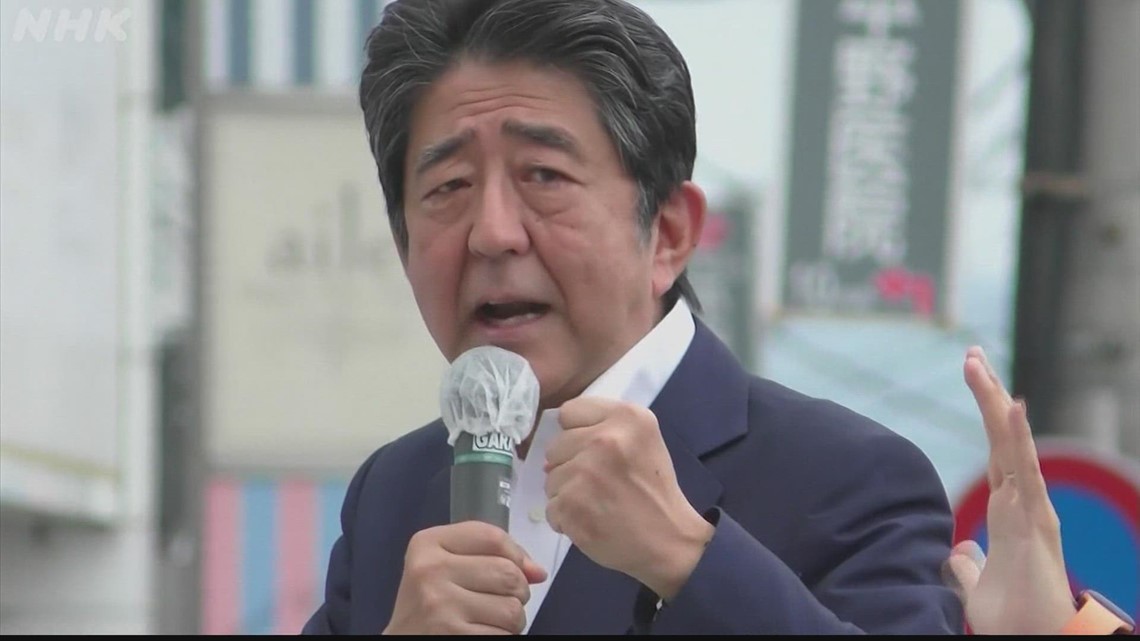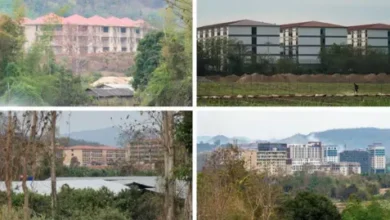Abe’s killing haunts Japan with questions on handmade guns

The shooting sent shudders through low-crime, orderly Japan: A high-profile politician gets killed by a man emerging from a crowd, wielding a handmade firearm so roughly made it’s wrapped up in tape.
The 40-centimeter-long firearm that was used to kill former Prime Minister Shinzo Abe on Friday as he campaigned for his ruling party in Nara, western Japan, looked crude, more like a propellant made of pipes taped together and filled with explosives.
A raid of the suspect’s home, a one-room apartment in Nara, turned up several such guns, police said. Unlike standard weapons, handmade guns are practically impossible to trace, making an investigation difficult.
Such weapons are rarely used in Japan, where most attacks involve stabbings or dousing a place with gasoline and setting it ablaze, or running haywire on the street in a vehicle.
Strict gun control laws likely made the suspect choose a handcrafted weapon. Tetsuya Yamagami, who was arrested on the spot, was a former member of Japan’s navy, and knew how to handle and assemble weapons.
Crime experts say instructions on how to make guns are floating around on the internet, and guns can be made with a 3D printer.

Some analysts characterized the attack on Abe as lone-wolf terrorism.” In such cases, the perpetrator acts alone, often in sympathy with certain political views, making the crime very difficult to detect in advance.
The motive for Abe’s assassination remains unclear.
Japanese media reported that the suspect had developed hatred toward a religious group that his mother was obsessed about and that caused his family financial problems. The reports did not specify the group.
Japan has seen political attacks
Japan has seen attacks on politicians in the past. In 1960, Abe’s grandfather, then-Prime Minister Nobusuke Kishi, was stabbed but survived.
In 1975, when then-Prime Minister Takeo Miki was assaulted at the funeral for former Prime Minister Eisaku Sato, Abe’s great-uncle, Japan set up a security team modeled after the American Secret Service.
Hideto Ted Osanai, chief executive at the International Bodyguard Association in Japan, and other experts believe that the Japanese may have merely learned superficial things like escort formation rather than the prevention mindset critical to security.
Japanese are so used to leading peaceful lives, the security guards were caught asleep, says Yasuhiro Sasaki, president of Safety-Pro, a Tokyo-based security company.
Sasaki said he couldn’t believe that no one moved to protect Abe in the seconds between the first and the second shot, a scene shown over and over on national TV.
Guards should have acted by physically pulling Abe away from danger, Sasaki said.
More critically, he wondered why weren’t they aware of a suspicious person approaching, drawing what could be a weapon from a bag?
Isao Itabashi, chief of the research division at the Council for Public Policy, which oversees such risks, said that providing security during an election campaign was challenging when the whole point is for politicians to get close to people.
Unlike the U.S., the use of bulletproof glass is relatively scant in Japan, and security officials rarely resort to shooting potential attackers.
The presumption here is that people are not armed, Itabashi said.
Osanai worried that more people may use handcrafted guns like the one used in Abe’s assassination in copycat crimes. He noted a trend of disgruntled people turning to random crimes, indiscriminately targeting victims.
Japan’s conformist culture makes it difficult for some people to live freely, and they put great pressure on themselves. When they blame themselves, they turn to suicide. When they blame others, they turn to indiscriminate crimes, he said.

Last year, a man wearing a Joker costume brandished a knife and started a fire on a Tokyo train, injuring 17 people. In December 2021, arson at a clinic in Osaka killed 25 people.
In 2019, another arson in a Kyoto animation studio killed 36 people.




